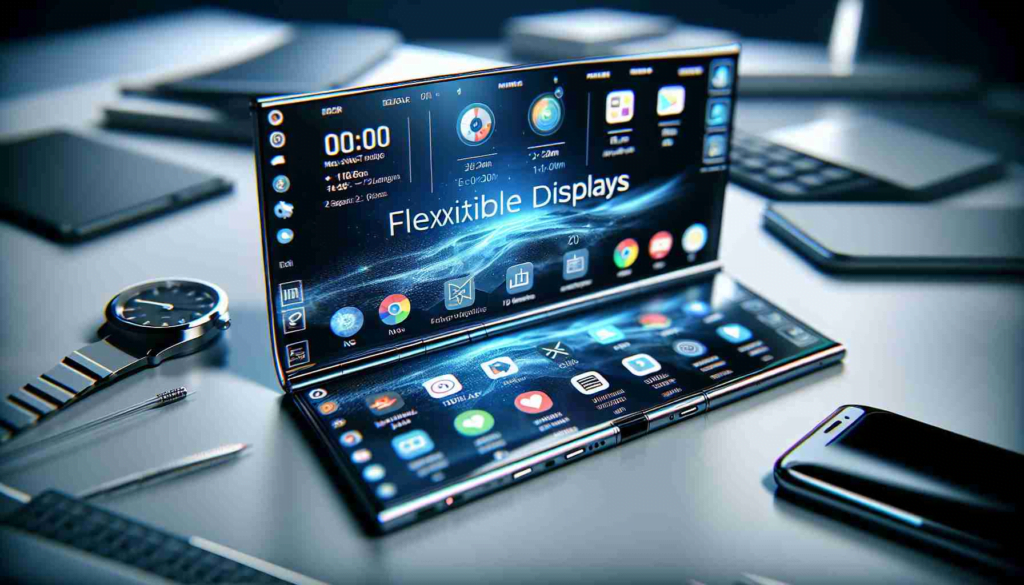As technology continues to advance, flexible displays are becoming a hot topic in the consumer electronics industry. It not only brings new possibilities in design and use, but also faces some challenges in technology. This article explores the key benefits of flexible displays and the shortcomings they currently face.
Advantages of flexible displays
1. Design Flexibility
The biggest advantage of flexible displays is their design flexibility. Their ability to bend, fold and curl allows designers to create a wide range of innovative product forms. For example, foldable mobile phones and tablets are not only portable, but also provide more screen space when unfolded, bringing users a better visual experience.

2. Lightweight and Durable
Flexible displays use plastic substrates rather than traditional glass substrates, which makes them lighter and thinner. At the same time, this material has better impact resistance and is less likely to break due to drops or impacts. As a result, flexible displays are not only more portable, but also more able to withstand the unexpected in everyday use.
3. Space saving
Because they can be curled and folded, flexible displays can fit into small spaces. This feature is particularly suitable for portable devices, such as smartphones and wearable devices, as well as in-car displays, making them easier to carry and install.

4. New User Experience
Flexible displays offer new ways of user interaction. For example, by bending the screen, the user can achieve control of the device, providing a new way of interaction. This innovative interaction design enhances user experience and engagement.

5. Energy Saving
Flexible OLED displays typically consume less energy because they do not require a backlight. This helps extend the battery life of mobile devices, especially if they need to be used for long periods of time.
Disadvantages of flexible displays
1. High production cost
Flexible OLED displays typically consume less energy because they do not require a backlight. This helps extend the battery life of mobile devices, especially if they need to be used for long periods of time.
2. Durability
Although the flexible material itself has a certain degree of bending resistance, but in the case of repeated bending, the material may be fatigued, resulting in a decline in display performance. In addition, since flexible displays usually use plastic substrates, their surfaces are more susceptible to scratches or wear and tear.
3. Image quality issues
Flexible OLED displays may face image burn-in and uneven colour problems. These problems will affect the display effect, especially after a long time of use, the image may appear residual shadow.
4. Technical limitations
Flexible displays may have limitations in terms of high resolution and high brightness compared to traditional hard displays. This limits its applicability in certain professional applications.
5. Market acceptance
Despite the technological breakthroughs in flexible displays, consumer acceptance of flexible display devices is still under observation due to factors such as price and durability. Market promotion faces certain challenges.
